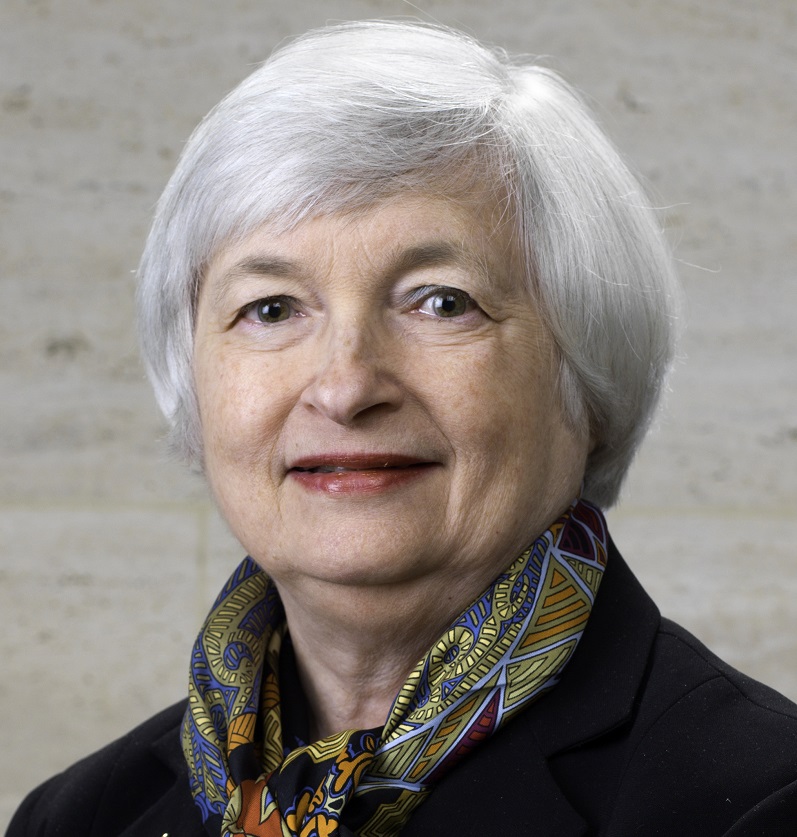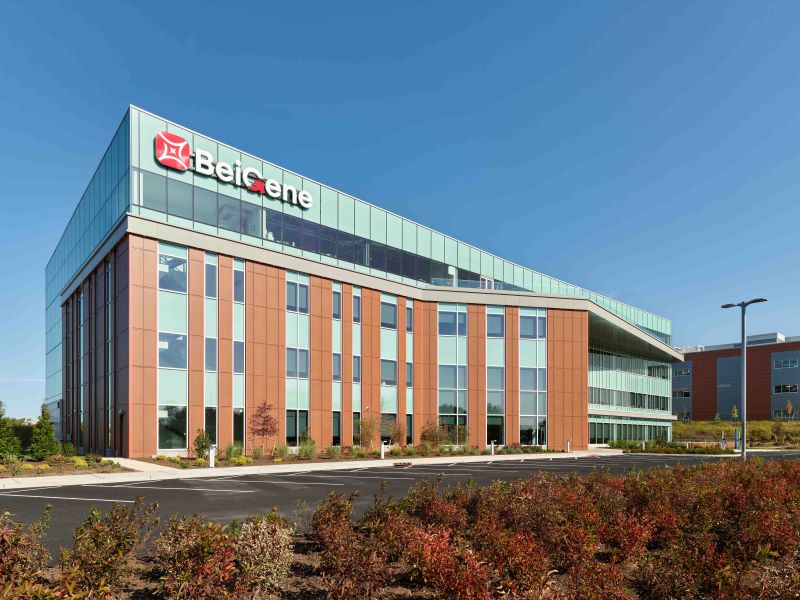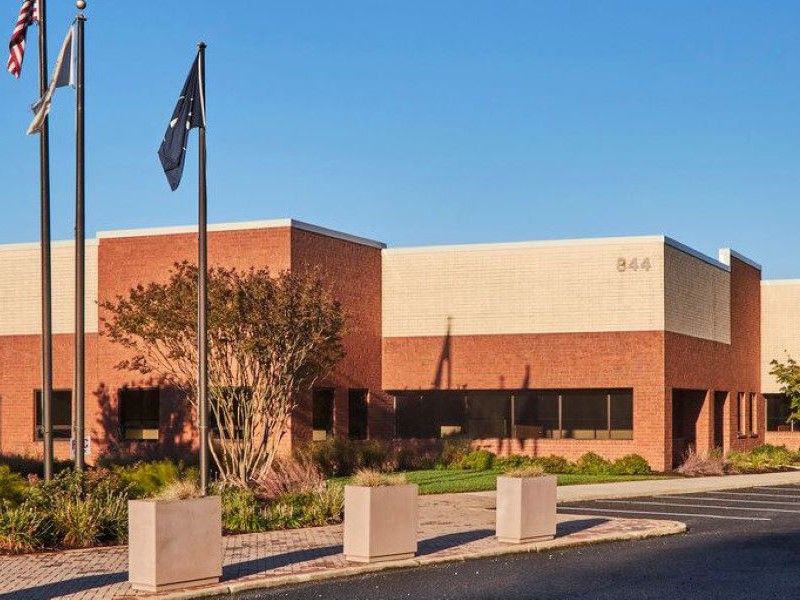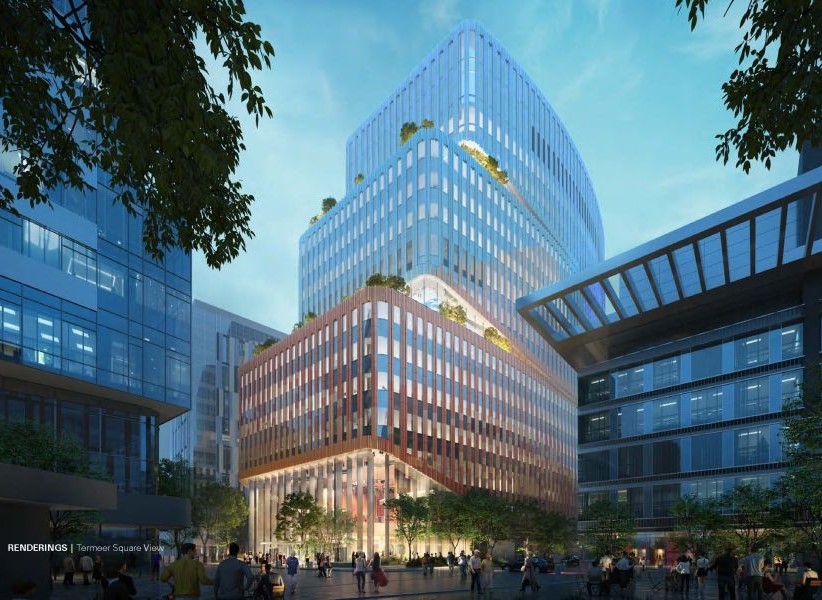The Rationale Behind the Rate Hike
Fed Chair Janet Yellen characterized the rate hike as a “vote of confidence” in the strength and resiliency of the U.S. economy.
By Justin Dean, Real Estate Market Analyst, Yardi Matrix
Denver—The Federal Open Market Committee’s (FOMC) last meeting of the year brought a much expected increase in the federal funds target rate, which rose 25 basis points to a range of 0.5 to 0.75 percent. The increase marks only the second time in a decade that the Federal Reserve has increased the rate.
The driving force behind the rate hike was the strength of the U.S. economy, which has grown at a moderate pace in the second half of the year. During the press conference following the meeting, Fed Chair Janet Yellen characterized the rate hike as a “vote of confidence” in the strength and resiliency of the U.S. economy, pointing to a strong labor market that “looks a lot like the way it did before the recession.”
While the Fed likewise announced that the median expectation for the fed funds target rate will increase to 1.4 percent by the end of 2017, this declaration may seem all too familiar to those who closely follow the workings of the central bank. Investors entered 2016 with the expectation of multiple rate hikes, but had to wait until the very last meeting of the year before the first one arrived.
Most of the rationale for the delayed rate increases can be attributed to weaker-than-expected inflation and wage growth. Regarding wage growth, there have recently been many encouraging reports that pay increases are coming to workers, albeit much more slowly than many would hope. The Census Bureau reported in September that median income grew by 5.2% in 2015, the first increase the department has reported since 2007. Despite a slight drop in its November report, the Bureau of Labor Statistics also reported a slight increase in the growth of average wages during the second half of 2016.
Lower-than-anticipated inflation, the other key reason the Fed has been hesitant to raise rates recently, continues to be a cause for concern for the central bank. Inflation has consistently sat below the Fed’s target of 2 percent for two years, and with the labor market at what economists consider “full employment,” the Fed may now focus more on the inflationary aspect of its dual mandate. Yellen hinted at this when she stated that while the Fed does not want to exceed its target for price increases, it doesn’t “want to persistently undershoot the objective,” either.
Other factors that could once again prevent expected rate hikes from materializing in 2017 include an international low-rate environment and middling economic growth around the globe. Furthermore, the uncertainty of exactly what fiscal policy will look like under President-elect Trump and a Republican-controlled Congress could delay additional rate hikes.
While on the surface increasing interest rates may diminish the appeal of commercial real estate as an investment, because the rate hike is in response to an improving economy, the news can be seen on balance as a positive for commercial real estate. Increases in wages and an improving job market will maintain demand for multifamily and office property, and accelerating wages should provide room for rent growth to continue.
Image courtesy of the Federal Reserve








You must be logged in to post a comment.